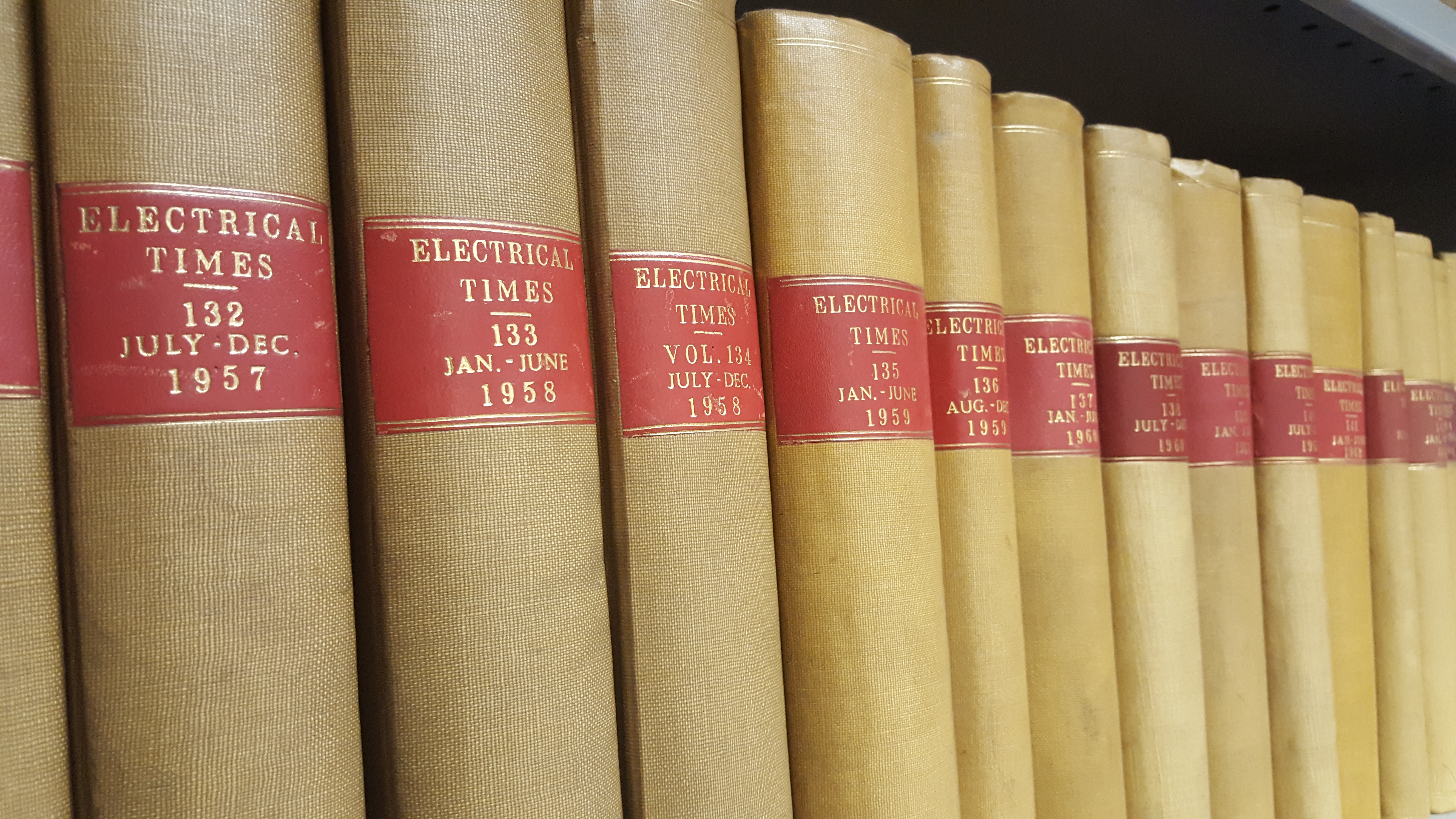Often mistaken for an Anarchist, my role as an Archivist is a varied one.
A typical day usually starts with looking at any enquiries we have received from researchers, members of staff or the public wanting to know about the collections I help to look after. I should say here that as an Archivist I, and the rest of the archives team, are responsible for anything paper that the museum has in the collections.
We are fortunate in that right from the outset the museum has always been active in collecting documents as well as objects. This enables us to tell the story of an object or a subject in greater detail. Therefore, we have a lot of documents that relate to many of the objects on show in the galleries and buildings around the site.
The archive collections consist of a variety of types of documents, from large scale engineering drawings, trade literature and operating manuals through to records for various companies we have been fortunate enough to have rescued, either by us or by former employees of the company.

Science Museum Group © The Board of Trustees of the Science Museum
The enquiries can be straightforward, such as asking to come in and look at a collection. We are only able to open on certain days for the public and researchers, so we must book them in and make sure they have the appropriate information and that what we have, in the collection, is what they are looking for. Many researchers are coming from abroad and have only a specific amount of time to carry out their research, and so we try not to have too much of their time here wasted.
When we are not dealing with enquiries we are also responsible for responding to any offers of donations to the museum. As I have mentioned before, a lot of the times objects coming in have manuals or other documents with them. There are other times when we are just offered items that consist entirely of paper records and when this happens, we ask for information about the donation to make a case for why we should accept it. Sometimes, this can be straightforward, and we know straight away whether it would be a donation of benefit to the museum. Other times we must carry out further research ourselves to ensure that we do not refuse anything with potential, or accept material we already have in the collections.
All of this would not happen if the public and researchers were not aware of what we have in the museum’s collections. This is the most important aspect of my role as an Archivist—to facilitate access to the collections, in this case by cataloguing each item which can then be viewed online via the Science Museum Group’s online collections site. This is a very enjoyable part of my work here and it enables me to not only work on some very interesting collections, but also get to know them in detail.
And my favourite thing in the collection, well that is a difficult one. There is a wonderful cardboard working model, used by engineering students, to understand how a steam engine worked, which is also one of our more unusual examples of a paper item in the collection.
One comment on “A day in the life of an archivist”
Comments are closed.
Hi
Please advise how I can research any documents associated with Herbert C North at Mather & Platt, Salford & Newton Heath
He was employed by the company from 1927/9 through to 1975 and headed Operations in Scandinavia from 1936 and his family were originally textile traders in pre Revolutionary Russia.
thanks
Nigel